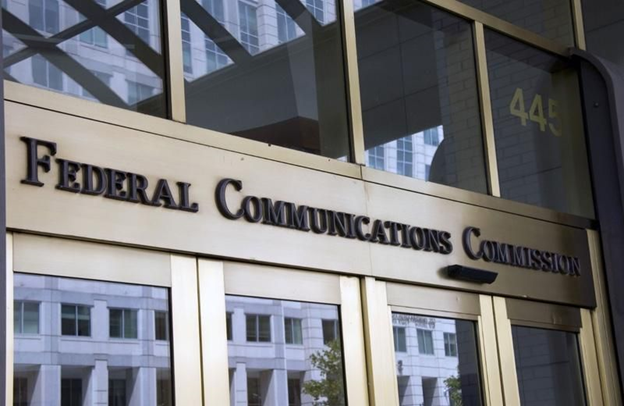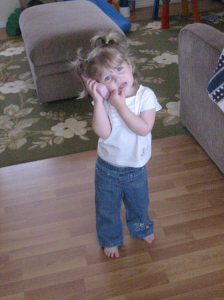Against all speculations of extension, broadcaster bidding in the FCC’s reverse spectrum auction will finally close on Wednesday as per FCC’s Incentive Auction dashboard. It was scheduled to run just 52 rounds initially, but now two more rounds can be added on Wednesday.
As per the announcement made by the FCC on Friday “The auction schedule displayed in the Auction System and the Public Reporting System currently shows rounds scheduled through round 54.” “While the auction could conclude before then, we put bidders on notice that it could also continue longer and that they should plan accordingly. The base clock price will reach $0 in round 52; however, it is possible to have up to two additional bidding rounds if the final bidding status has not yet been determined for any VHF stations.”
BTIG analyst Walter Piecyk said on Monday that the FCC will disclose the amount that will be topped to conclude the forward auction, at the end of reverse auction. This amount will be determined by adding both the provisional winning bids from reverse auction and $1.75 billion for dissipating expenditures and FC administrative costs.
As per the FCC, if this amount is not topped in the forward auction, the reverse auction will start again with a reduced amount of Spectrum on the table. This procedure would go on until the clearing target sum is achieved by forward auction bids.
Piecyk shared that a clearing target above $50 billion can make investors think about a longer auction procedure, including several rounds and, noted a goal of more than $70 billion may “stoke fears that the auction could drag into 2017 or that the FCC will not be able to source much spectrum in the big markets at an attractive price.”
On the contrary, Piecyk mentioned that a clearing target of $30 billion or fewer might result in a faster auction timeline for investors and suggest that the FCC had the potential to secure 100MHz of new spectrum in most markets all over the country.


